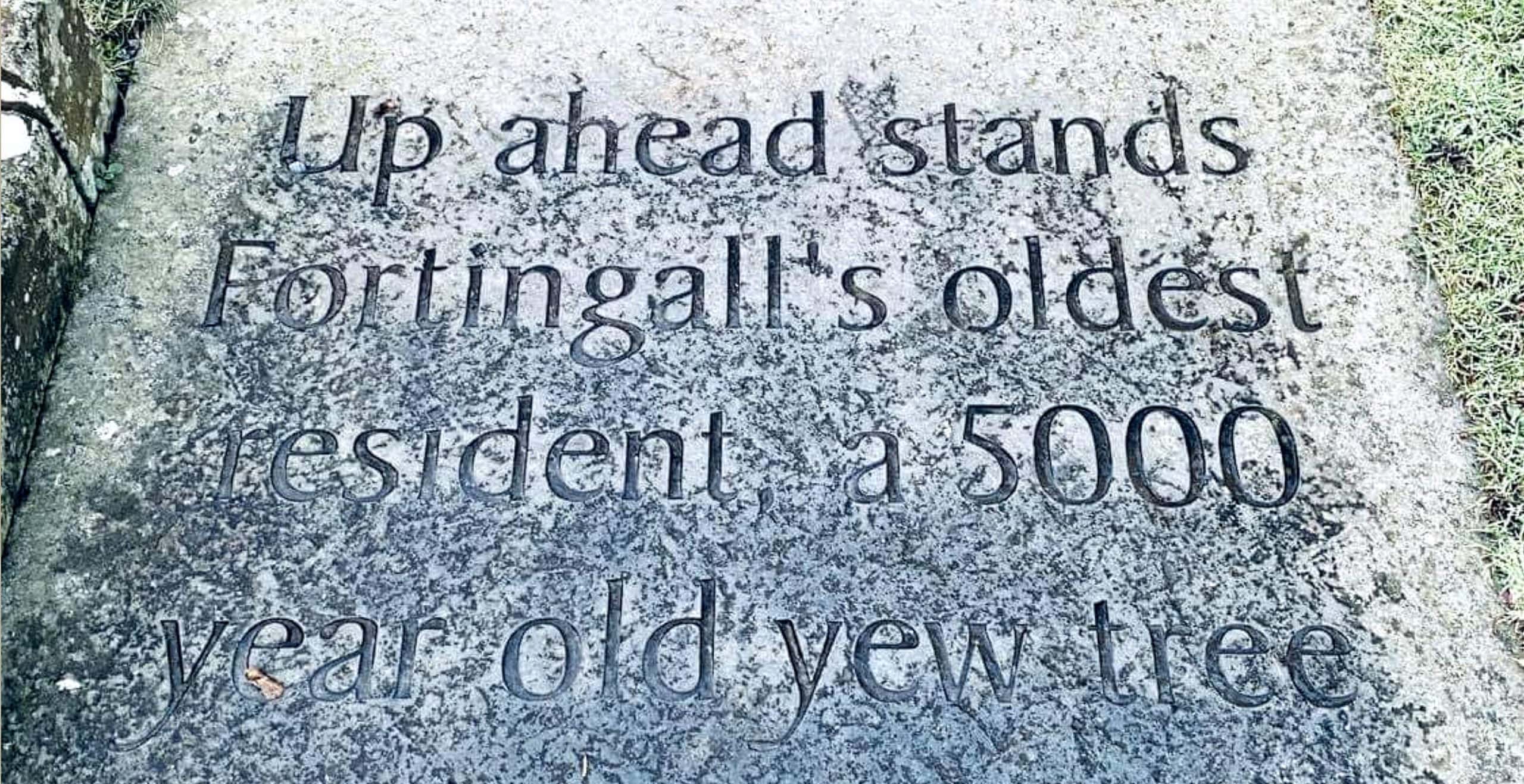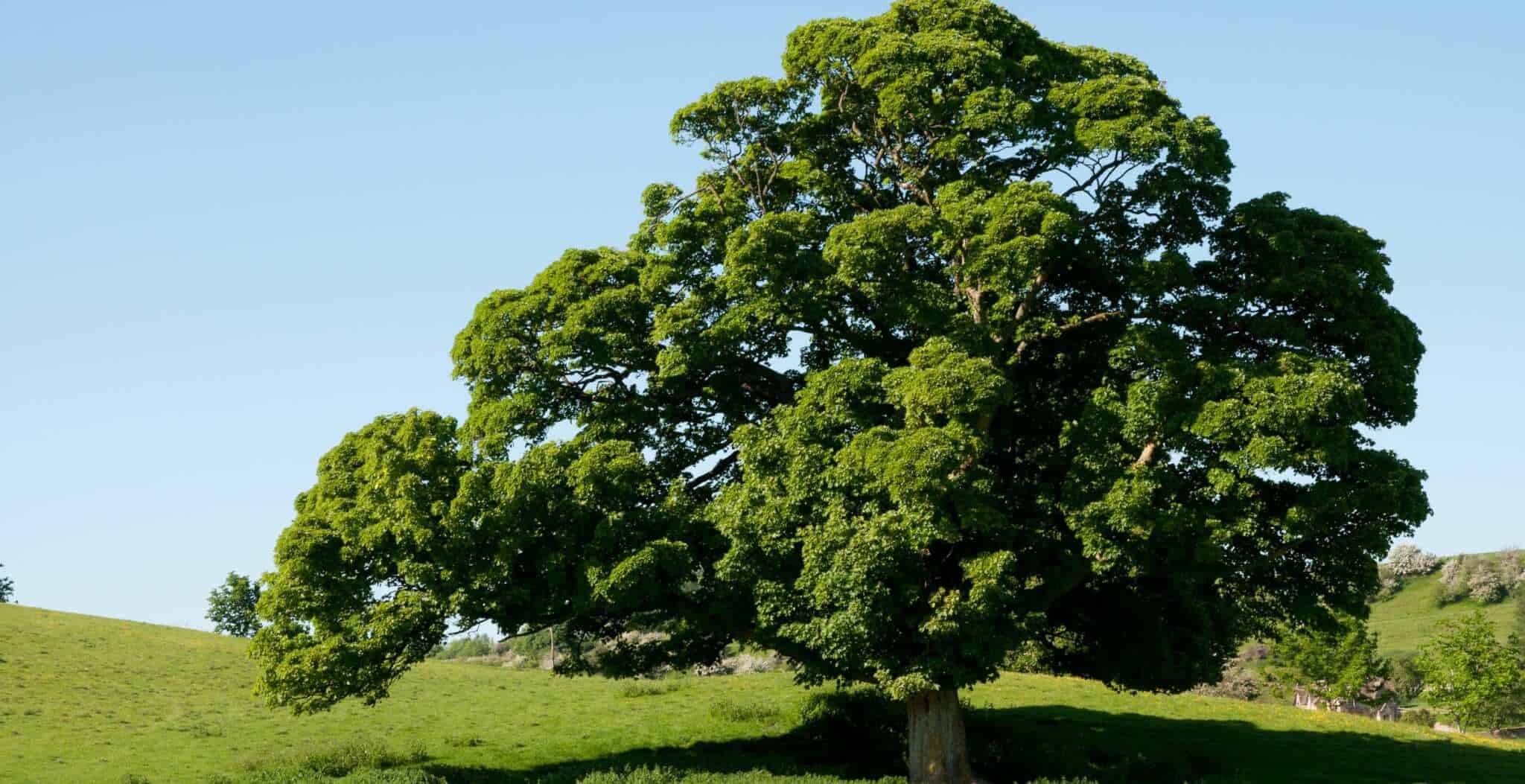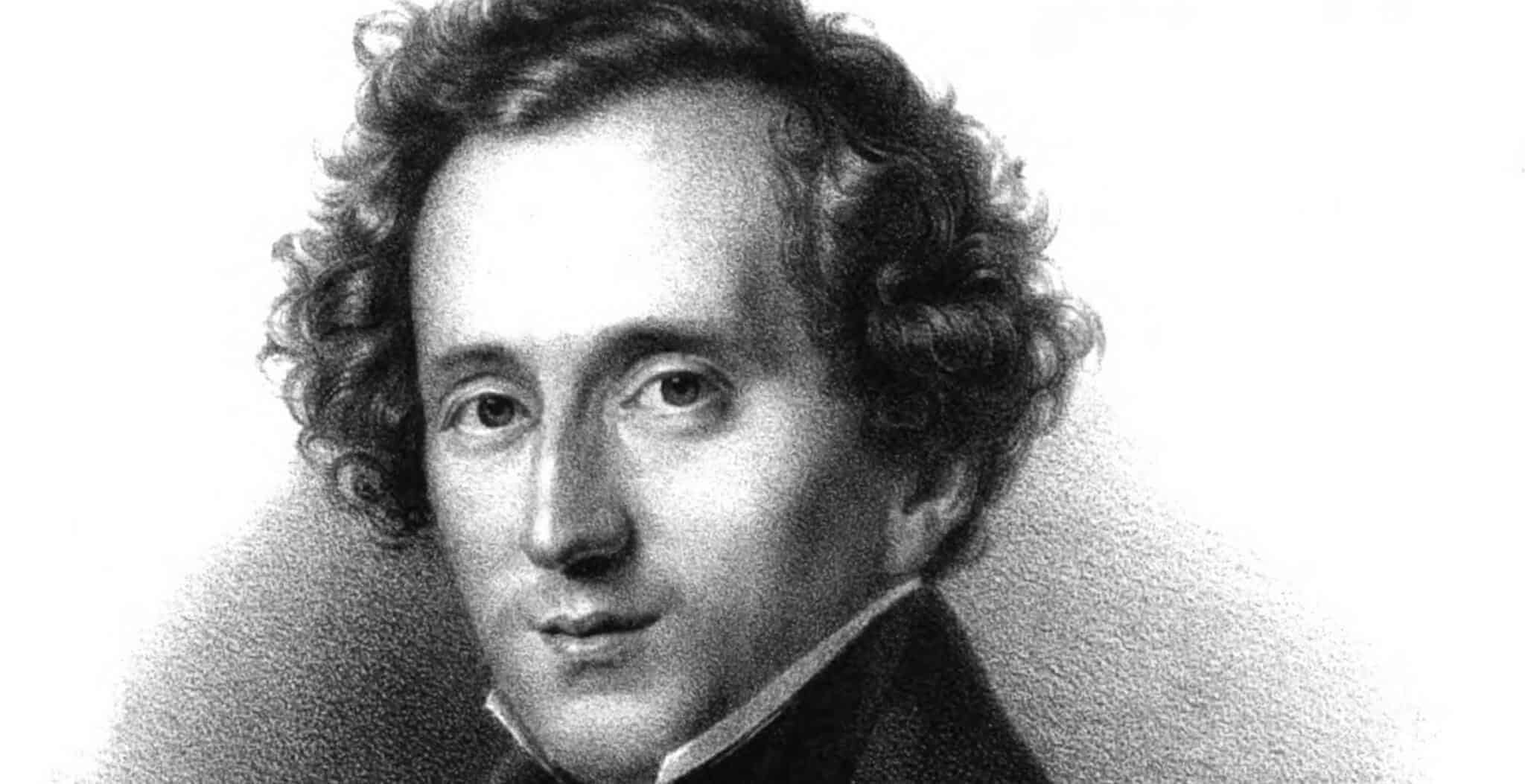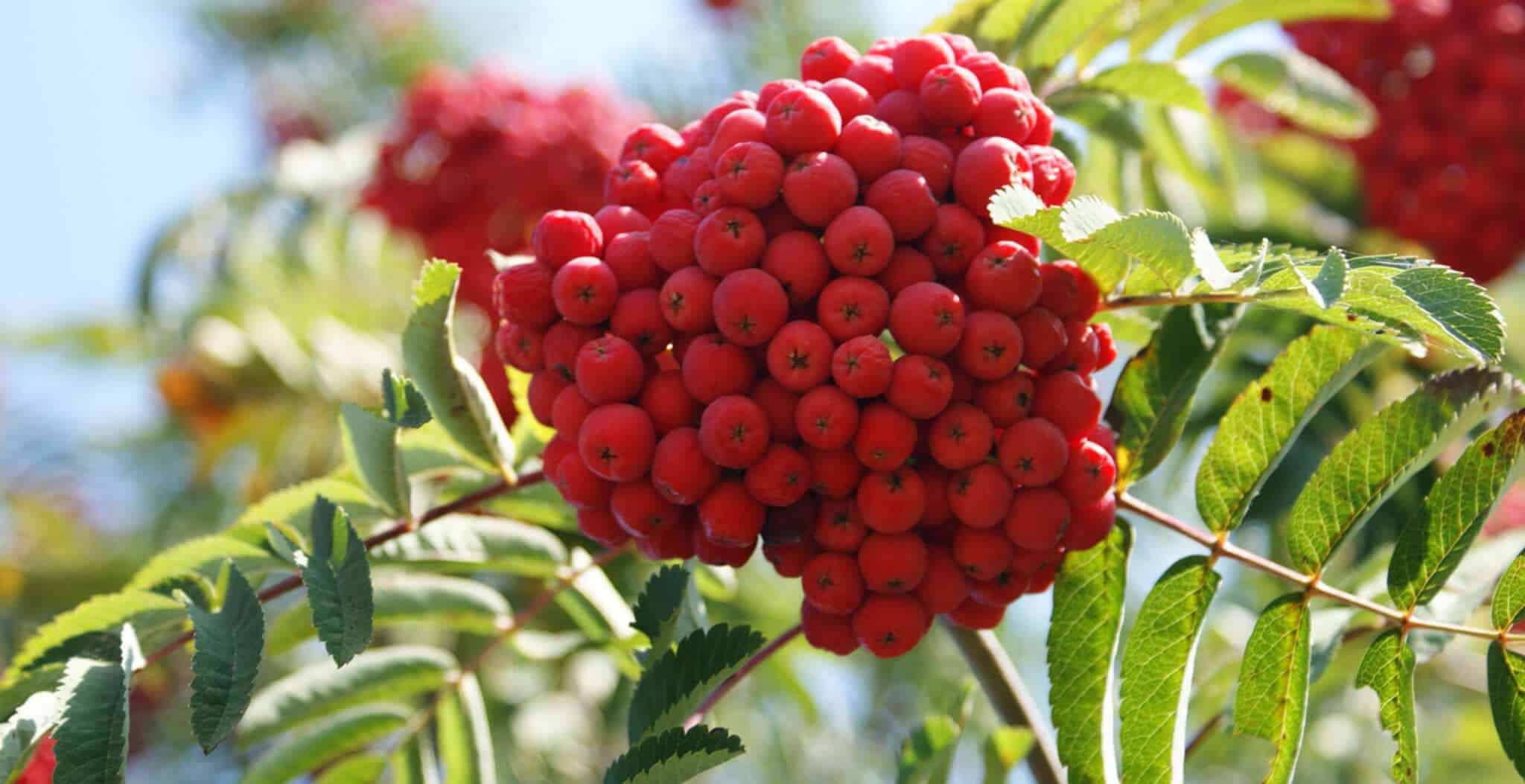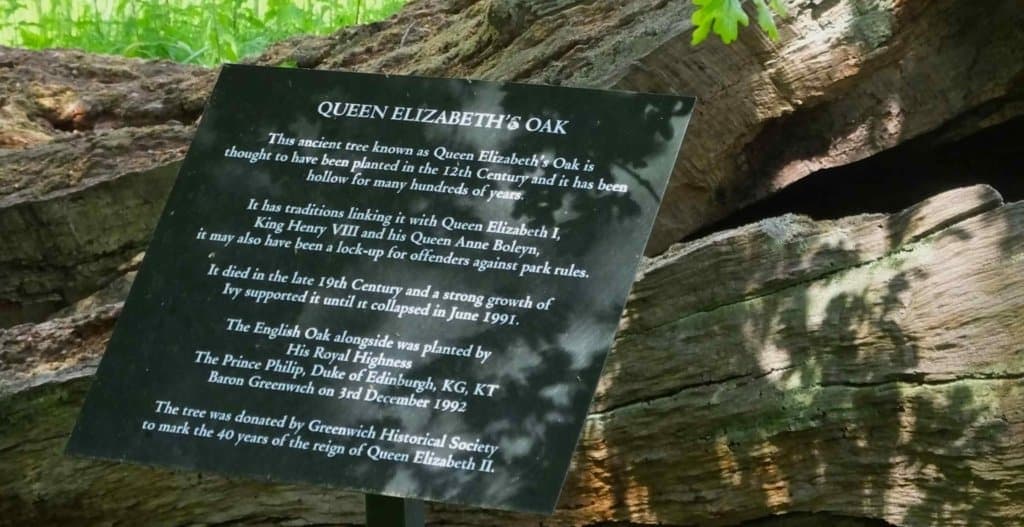In an ancient and unassuming church grounds, in a tiny village called Fortingall, nestled deep into the Perthshire countryside, lives what is arguably the oldest living tree in Europe. It is an ancient Yew tree, named The Fortingall Yew.
Estimates about the tree’s age vary wildly from 2,000 years old to 9,000 years old. It is impossible to date exactly to due to its ancient nature, and the fact that the inner part of the tree rots away naturally and collapses as it ages, making its tree rings inaccurate. However, most estimates place it nearer the 5,000-year mark. If this is true, then this tree is as old as Stonehenge and would already have been 3000 years old at the birth of Jesus Christ!
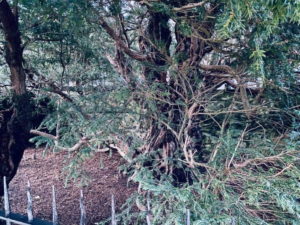
The tree would also have survived through some momentous historical events such as Roman and Viking invasions, the thirteenth century fight for Scottish Independence, The Declaration of Arbroath, The Union of 1707, The Battle of Culloden, The Highland Clearances, The Scottish Enlightenment, Industrialisation and both world Wars, to name but a few. The sheer scale of history that The Fortingall Yew has survived is almost impossible to fully comprehend.
It was accurately measured in 1769 and at its widest point the trunk of the Yew measured an incredible 56 and a half feet wide. To put this in perspective, that is the length of one and a half London buses end to end! The trunk has since split and regrown into a collection of smaller growths, some still incredibly sizeable though.
A contributing factor to the tree’s diminution in size has, unfortunately, been historical vandalism and misuse. From around 1833 visitors started noticing that large parts of the trunk had been cut away. Throughout its life the tree has been used for religious festivals from Beltane fertility rights to funerals. The Yew Tree is poisonous, and therefore in Christianity is often associated with death. The Fortingall Yew in particular was used in funerals until the 20th century. There was a practice of passing the dead body beneath its arch. This passing of the body beneath the arch was a way of guiding the righteous spirit into the Christian afterlife. The Yew tree, although poisonous, is also associated with life and the resurrection. Sometimes called the immortal yew, because of its ancient age and also because the branches take root and regrow as trunks, like a resurrection.
The pagan festival of Beltane, held on the 1st of May, used the grounds of the tree as a setting for fertility bonfires. If couples wished to conceive a child then they would leap over the flames of the bonfires hand-in-hand, and if they did so successfully, then the legend said they would have a child. And if they were unsuccessful, then arguably having a child would probably have been the least of their immediate problems! The fires of course also took their toll on the tree causing significant damage over the years.
Another practice that further denuded the tree was people taking cuttings from its branches for luck or even turning parts on the bark into quaichs to drink from at celebrations. This led to walls being built around the Yew for protection, the last of which, built in 1842, still stands today. The majesty of the tree is still visible through railing covered gaps in the stone. You can also still see the original size of the Yew’s impressive trunk, as it has been marked out with wooden posts.
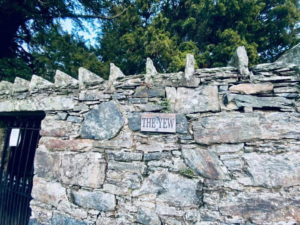
The tree seems to be under particular environmental stress today. In fact, part of the tree has actually changed sex due to this external stimulus. Yews are usually either male or female and remain so for their lifespan. Male yews have small bulbs in the autumn whereas the females have distinctive red berries. Despite being male for thousands of years, The Fortingall Yew sprouted these red berries in 2015, although this change was localised to one branch of the tree. The consensus seems to be that the tree has done so due to stress. It is impossible to tell how much longer the Yew will live for, but the more it is left alone to thrive, the better its chances seems to be.
Although the Yew is sacred to both pagans and early Christians, a religious community was actually founded around the tree in the 600s. The present church of St. Coeddi was built in the 1890s but the original bishop, to whom the site was dedicated, was St. Coedd, the Bishop of Iona who died in 712AD.
A persistent (though unlikely) rumour surrounding the tree is that during the Roman occupation, Pontius Pilate was actually born nearby and used to play under the branches of the tree. Although this itself is unlikely, the fact that the rumour persists shows the importance of the tree in Scottish religious and mythological history.
Many Yews have been significant throughout British history. Yews were said to have provided the shelter under which the Magna Carta was signed, Henry VIII wooed Anne Boleyn and Robert Bruce took shelter. Arguably however, there is none more impressive or spectacular than the one that still stands in Fortingall, watching Scotland’s history unfold.
By Terry MacEwen, Freelance Writer.
Published: March 24, 2021.
